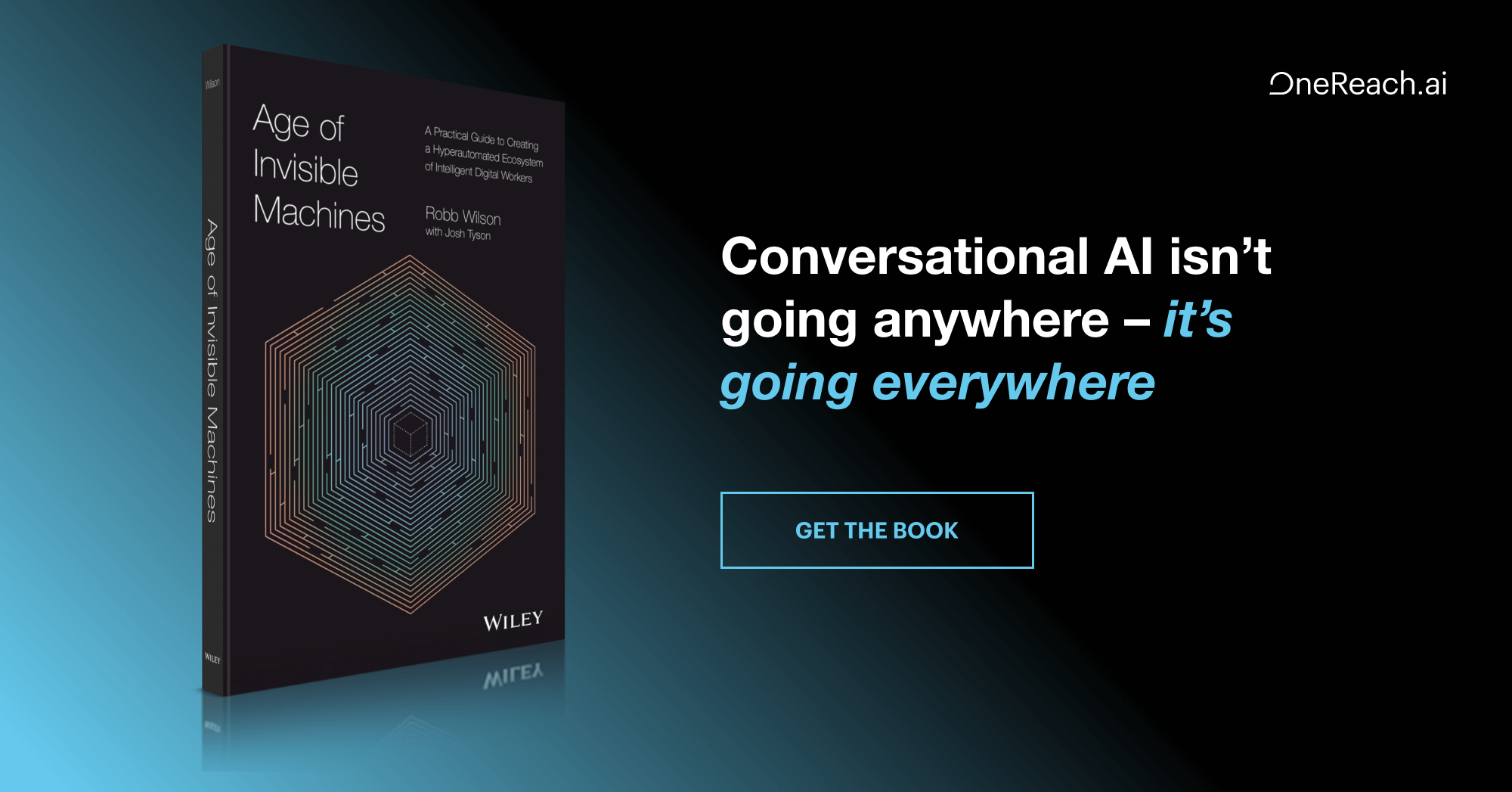The Mad Men era of advertising has passed. Today, a brand’s communication and engagement strategy is no longer a separate and distinct practice from the design of a product or service. The product is the marketing, and the marketing is the product. So, what does advertising mean in the digital age?
The worlds of advertising and product design are converging. CMOs are spending more on technology than CTOs. The web is more important than TV. Digital products and services are more important than messaging for customer engagement and brand creation. Two-way conversations between brands and consumers are more important than one-way, top-down campaigns. Results are measured by engagement instead of by the number of impressions.
A Brave New World
Nike, with a record high marketing budget of $2.4 billion in 2011, has dropped its spending on TV and print advertising in the US by 40% in just 3 years. Nike is going where the customer is, spending nearly $800 million on non-traditional advertising in 2010, and foregoing $100 million-plus sponsorships and traditional media buys to focus on online campaigns first.
In a 2013 survey by Econsultancy, 55% of marketers globally are planning on increasing their digital marketing budgets this year, with 39% of them planning on reallocating existing budgets towards digital channels.
This is a permanent shift and not a passing trend. Products and services must deliver value while telling engaging stories through a multitude of digital devices and within a network of multiple brands, services, and platforms. As a result, companies are experiencing new challenges with how they deepen customer engagement, grow revenue, and structure creative teams.
Marketing and product teams need to work more closely. Copywriting and story teams need to collaborate with user experience teams. Likewise, interaction and interface designers, rooted in human need and usability, need to work in integrated ways with marketing and advertising creatives.
Standing On The Shoulders Of Giants
Collaboration across disciplines is essential to remaining relevant, although it’s easy to think of marketing and product design as impossible to combine. The cultures between the two are often adversarial and usually sit on opposite sides of an organization. Yet, they aren’t so different.
Advertising legend David Ogilvy wrote Confessions of an Advertising Man in 1963, an age when print and TV were primary communications channels. A Scottish door-to-door salesman and farmer, he founded an advertising agency that grew to become one of the largest and most respected agencies in the world. He passed away in 1999, in the beginnings of the digital age, never really having to grapple with the deep changes taking place.
And yet, the text is hugely relevant for today’s digital world. His views on what makes great campaigns hold lessons for everyone trying to make great digital products, services, and brand experiences. In the book, Ogilvy expresses 11 principles for creating great campaigns.
By swapping a word here and there and shifting the context from a “campaign” to a “digital interface” and “user experience,” Ogilvy’s principals rival those produced by UX thought leaders working today.
1. What you say provide is more important than how you say provide it.
Ogilvy considered advertising to be about helping consumers decide to buy. It’s about making sales, and what helps people decide to buy is telling them about the product in an effective way.
In the same sense, the most important job for digital products and services is deciding what they are going to do. People don’t use a digital product or service because it has dramatic animations or is visually exciting. They use it because it provides tangible value, real utility, and great content.
2. Unless your campaign experience is built around a great idea, it will flop.
Ogilvy wasn’t interested in creating basic campaigns, adhering to industry standards. He was “determined to blaze new trails” and deliver tremendous results for his clients.
Too often, digital designers lack a similarly grand ambition. Creating a new experience becomes a task of organizing content and features into tidy categories and standard interface elements that, while usable, lack any deeper meaning or connection to bigger ideas—particularly when it comes to brand. Making something usable is not a virtue; it’s a basic requirement. Tapping into bigger ideas—particularly ones rooted in the brand at large—drives better design and better digital experiences.
3. Give the facts benefits.
Ogilvy was interested in uncovering as many facts about a product as he could, and communicating them to consumers. It didn’t matter if competitors had a similar product or could say the same things. What mattered was providing facts about the product. For Ogilvy, “short, fast advertisements” betray a lack of commitment to craft, and a disregard for the customer.
A similar dynamic is at play with digital products and services. People are interested in what a product or service enables them to do. Designers need to understand the customer benefit in the fullest sense and then craft experiences that maximize the benefit to people.
4. You cannot bore people into buying using.
Ogilvy thought competition for people’s attention was “becoming more ferocious every year”—and that was in 1963. It has only gotten more ferocious, more fragmented, and more varied. Yet the job, as Ogilvy defined it, remains the same: “It is our business to make our clients’ voices heard above the crowd.”
The same is true for digital experiences. The product and service experience has to be something that people enjoy using, want to share and endorse, and feel compelled to return to. For design teams, this boils down to craft. How the team creates the details makes the difference between average and great experiences.
5. Be well-mannered but don’t clown get in the way.
Ogilvy worked as a door-to-door salesman. He had experience building rapport and making a sale all in a few precious moments while standing on a doorstep. He knew the value of charm and how to use it.
The charm of a digital experience is important. Charm comes through all the little details—the visual design, the copy, the motion, how errors are handled, and more—expressing a coherent overall sensibility and conveying a sense of human engagement. The important thing to avoid is getting in the way of people’s effective use of the product or service.
6. Make your advertising experience contemporary.
Ogilvy felt it was important to tune into younger consumers. This meant having a team of young copywriters, stating that they “understand the psychology of young consumers better than I do.”
In today’s globalized, multi-platform, IP-based, and micro-demographic world, there’s an ever-increasing range of audiences and a variety of expectations and contexts. Being contemporary requires seeing a longer, iterative product development arc and anticipating change before it happens. It means continually reassessing, improving, and reinventing what you deliver to customers and how you do it.
7. Committees can criticize advertisements experiences, but they cannot write them.
Design by committee led to bad outcomes in Ogilvy’s day same as it does today. Some things will never work.
The same principle applies for digital product and service design. Many experiences lack coherency as a result of too many voices. The rising popularity of lean and agile methodologies comes, in part, from the recognition that if you have a small, nimble team with vision and dedication, you can make great products quickly.
8. If you are lucky enough to write create a good advertisement experience, repeat it until it stops pulling.
Ogilvy recognized the market as a fluid, ever changing thing. “You’re not advertising to a standing army; you are advertising to a moving parade.” The point is to constantly engage and know what to repeat or change.
Good digital experiences take continuous improvement through a series of updates and versions. In the digital space, we can track and monitor how people use products and adapt and respond accordingly. Designers must also recognize when to stop adding features and to keep constant what people love about an experience.
9. Never write an advertisement create an experience you wouldn’t want your own family to read have.
To Ogilvy, the whole point of an advertisement is to talk about a product in a way that encourages purchase. Lying about a product or misleading people with false information will eventually be found out.
The same goes for product and service experiences. If you make crap, people will quickly find out. These days, this is amplified by the fact that they will tell many others through online reviews, social media, or—in extreme cases—mounting a small media campaign against the product and brand. If you provide a great experience, people will repeat it and share it with others.
10. The image and the brand.
Ogilvy advocated maintaining a consistent style in a brand’s advertising over a period of years. This is essential to building a coherent personality, a lasting brand image, and market success.
Likewise, every product and service experience must be recognized as a contribution to the total brand image. It should be designed, maintained, and managed across platform and over time with a central truth. Ultimately, a pattern will build through these successive experiences, and that pattern will be rooted in the core brand promise.
11. Don’t be a copycat.
Ogilvy’s point in all this is to focus on the product, do the hard work, find a great idea, and ultimately build a lasting brand over time. This principle sums up all of the other principles.
The world of digital experiences is awash in imitation—be it crass IP piracy, copying a market leader, borrowing concepts, a principled adherence to “best practice,” or simply using standard components offered by a development platform. It is critical to define a sharp personality in order to create a unique experience and build a strong brand over the long term.
Working Together
In order to succeed and create great digital experiences for today and into the future, Ogilvy’s principles remind us that marketing and product design teams need to work together to build brands, products, and services that are meaningful, relevant, and connect with customers.
Read the full text of Ted’s article here, as part of Method’s 10×10 series








